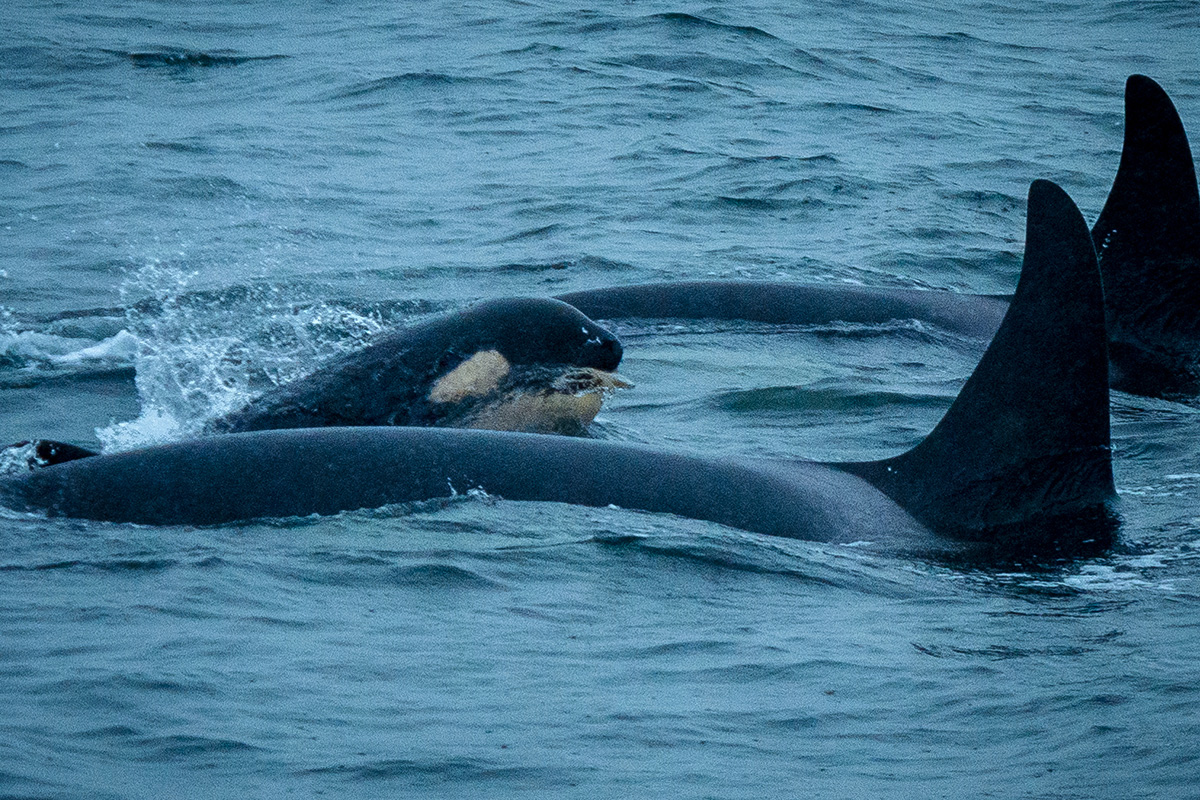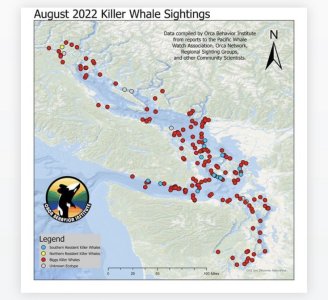ship happens
Crew Member
My opinion is this 100 percent. We cannot train, or teach these whales how to hunt. They are wild predators. They need to survive on their own. We cant provide them with food or easy pickings, drugs, or any other type of manipulation. They need to figure it out or be over taken by other apex predators. Leave them alone in that regard.
The world is definitely getting soft. I agree with @Reeltime
I also agreed with the statement in the video where they stated that instead of allocating 20 million to research, how about putting a smaller amount into finding out if its even necessary to use the money where as the real question here is " what is the actual interaction between Chinook and Orcas ?! " the million dollar question. Now how to do that is the other question. Capture one and pump its stomach? Thats not going to work. ENGOS would roll in their graves. How can you find out that information? So this whole assumption that they only eat chinook, now its they mostly eat chinook, I call ******** and how can you make block areas and closures when no-one has had actual proof.
The world is definitely getting soft. I agree with @Reeltime
I also agreed with the statement in the video where they stated that instead of allocating 20 million to research, how about putting a smaller amount into finding out if its even necessary to use the money where as the real question here is " what is the actual interaction between Chinook and Orcas ?! " the million dollar question. Now how to do that is the other question. Capture one and pump its stomach? Thats not going to work. ENGOS would roll in their graves. How can you find out that information? So this whole assumption that they only eat chinook, now its they mostly eat chinook, I call ******** and how can you make block areas and closures when no-one has had actual proof.



